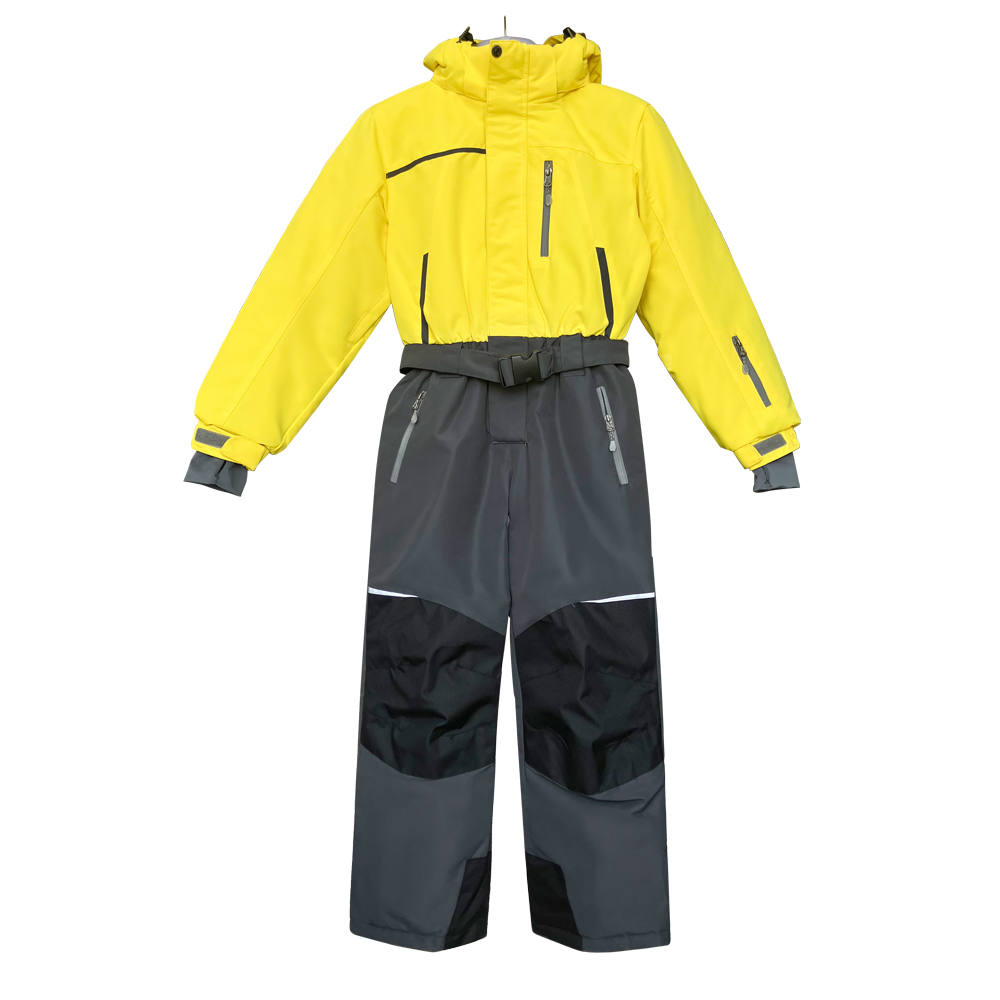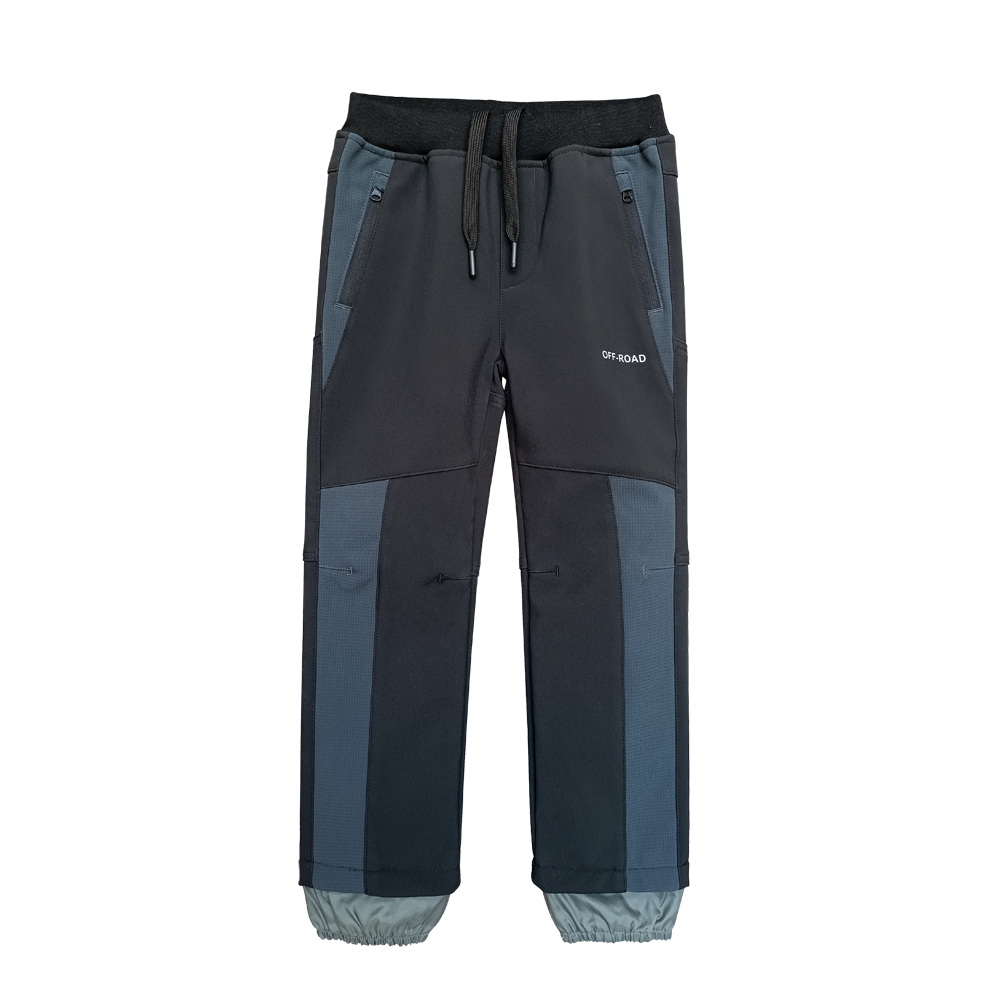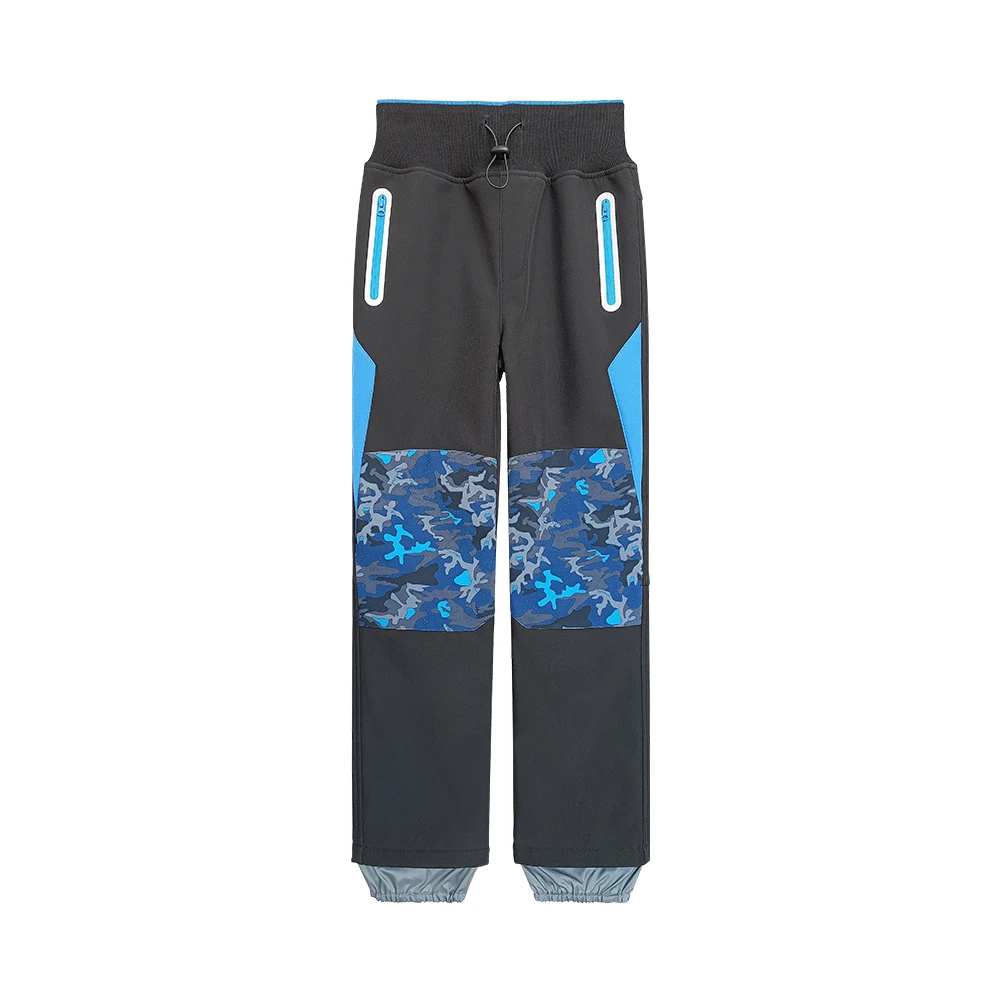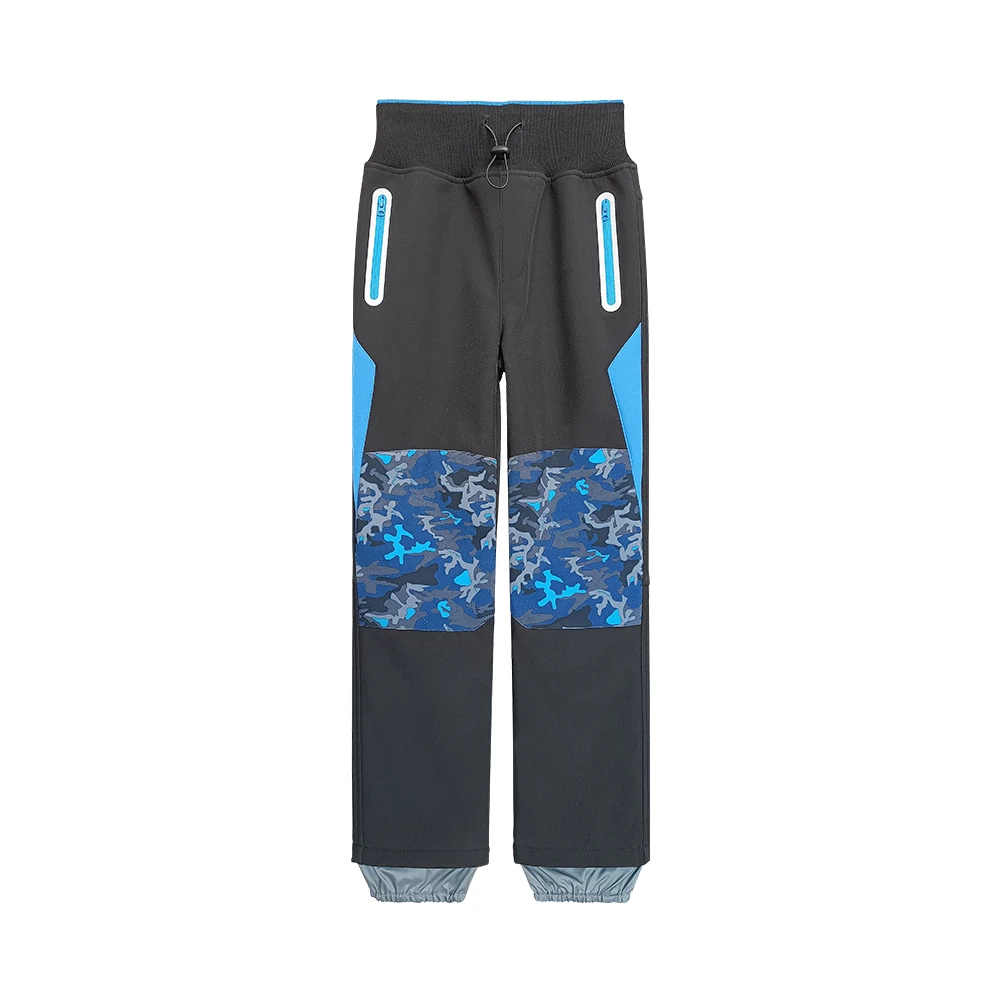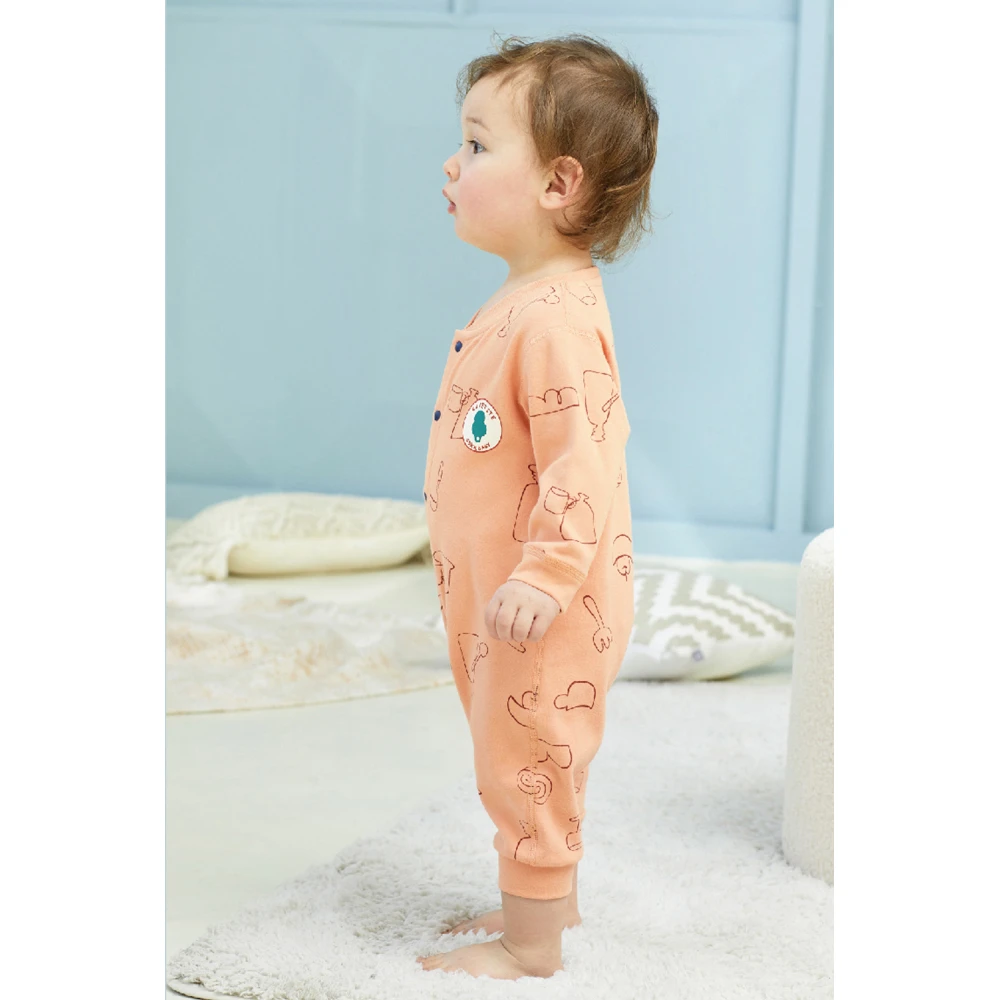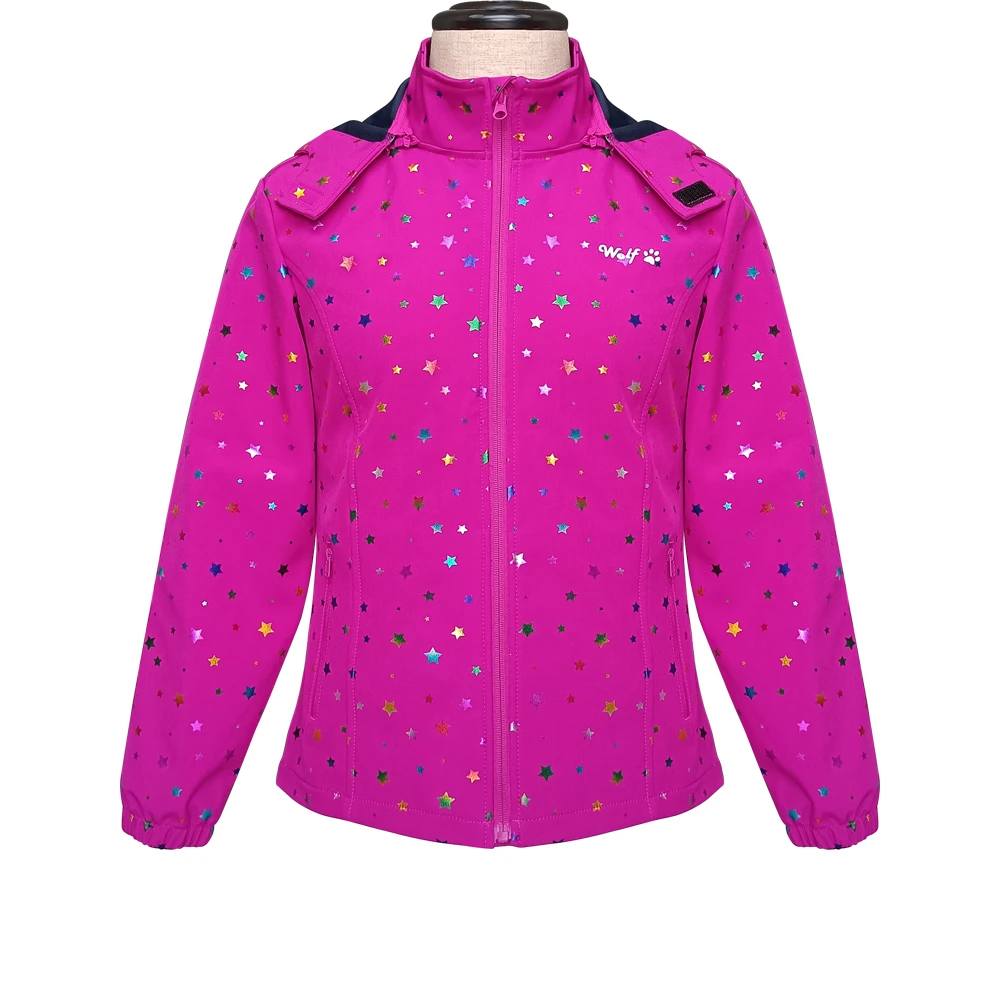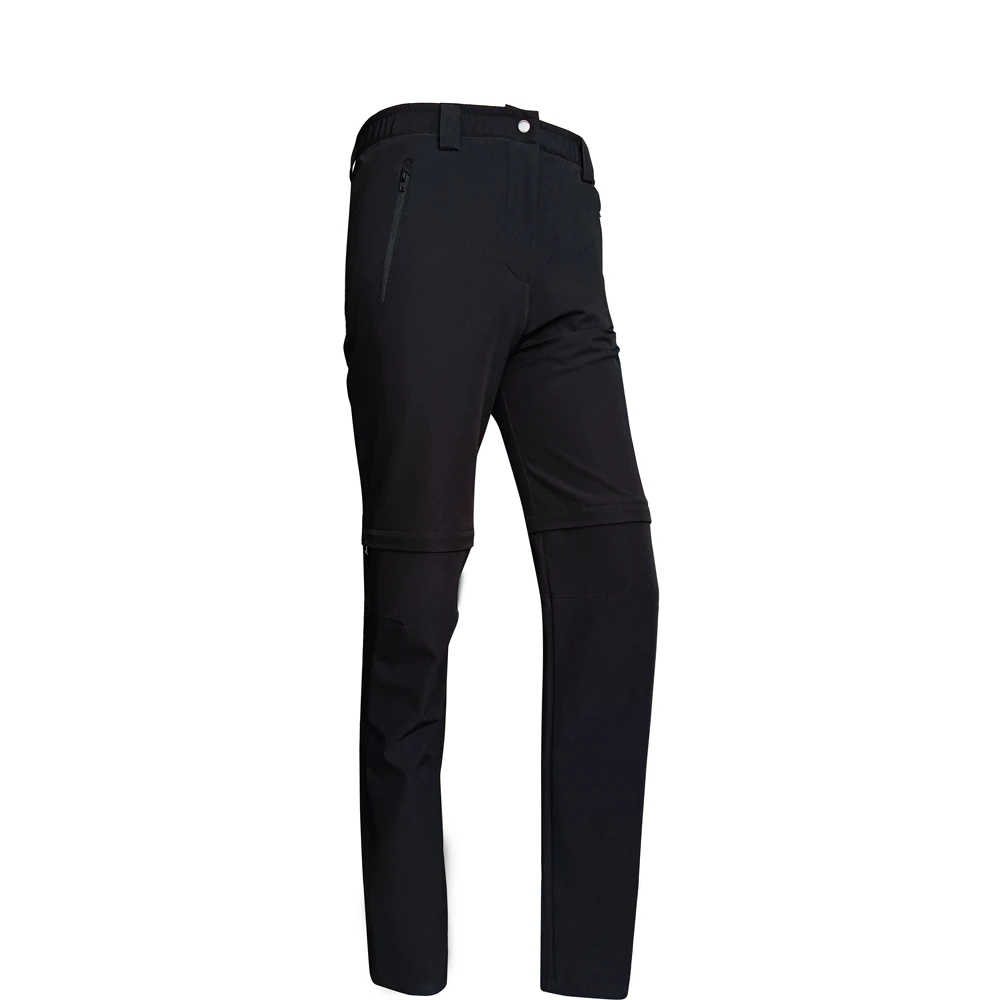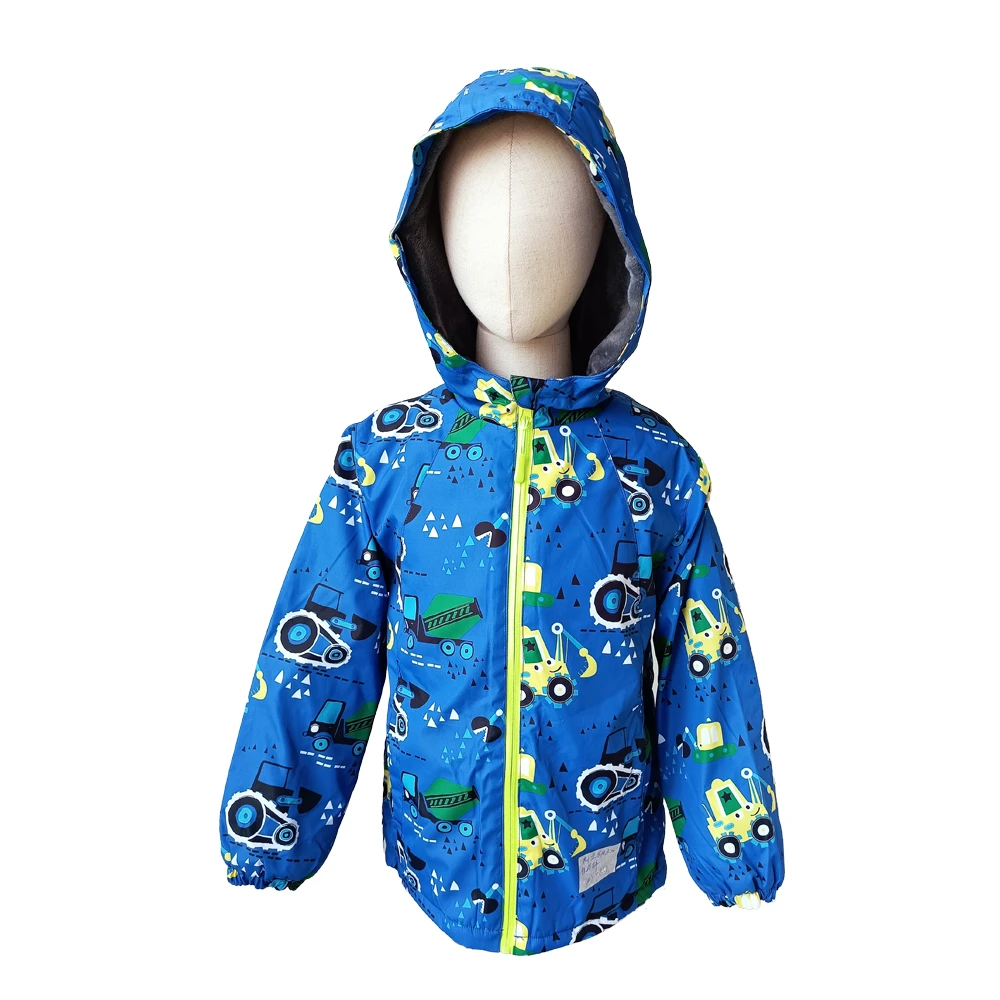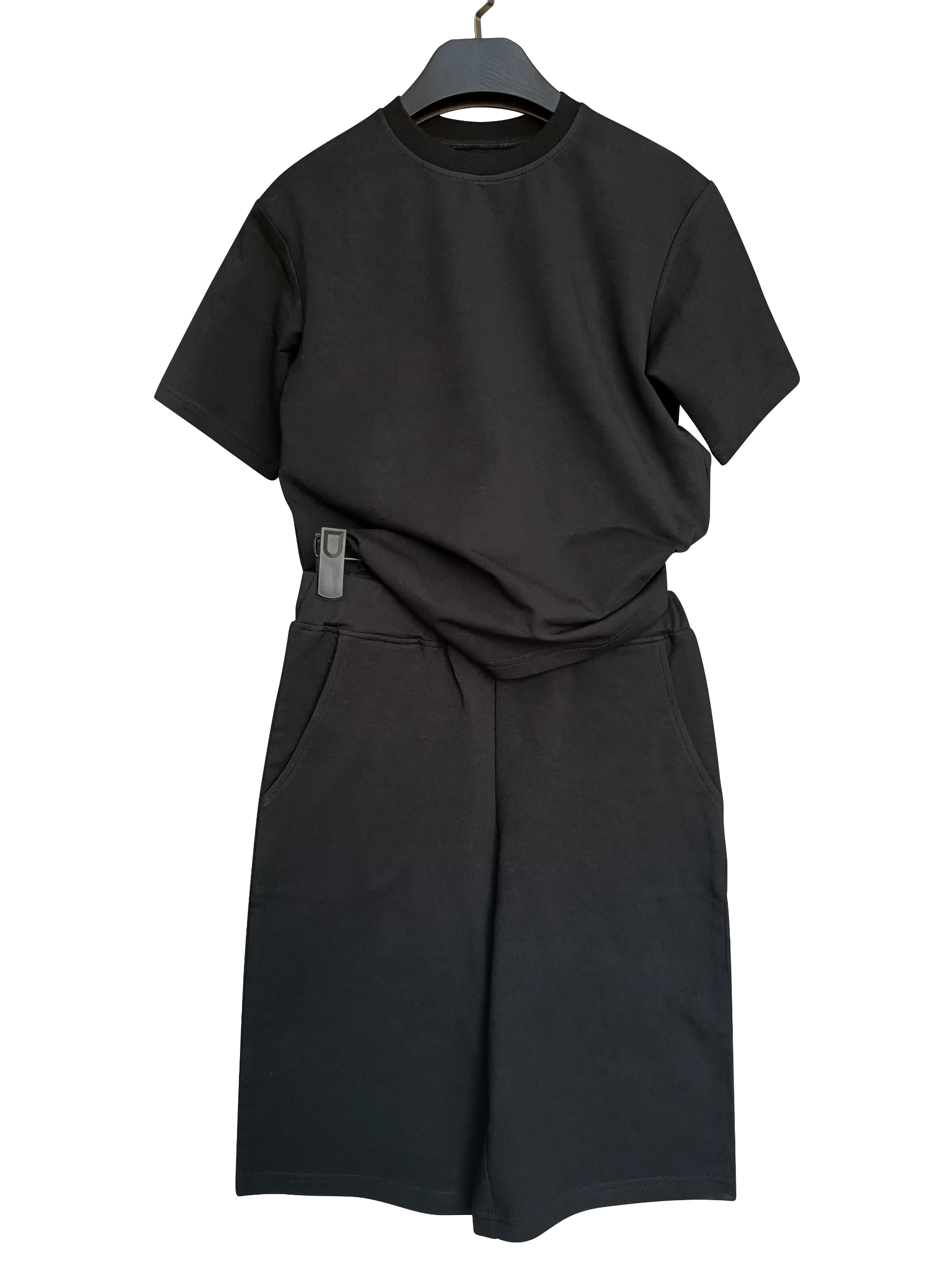The Evolution and Importance of Windbreaker Raincoats
When it comes to outdoor fashion, few garments are as versatile and essential as the windbreaker raincoat. Initially designed to protect against the elements, these jackets have evolved significantly over the years, becoming both functional and stylish pieces for people of all ages and lifestyles. In this article, we will explore the history, features, and reasons why windbreaker raincoats are a must-have item in any wardrobe.
A Brief History
The origins of the windbreaker can be traced back to the early 20th century when manufacturers began creating lightweight jackets with water-resistant capabilities. These garments were intended for outdoor activities, particularly for sports enthusiasts who required protection from unpredictable weather conditions. Over time, the design and materials evolved, leading to the incorporation of breathable fabrics that allowed for both water resistance and ventilation. The term windbreaker itself came into popular use as these jackets became synonymous with wind-proofing, making them a staple in active wear.
Design Features
Modern windbreaker raincoats come with a range of design features that enhance their functionality. Typically constructed from lightweight synthetic materials, they provide excellent protection against wind and rain. Common features include adjustable hoods, elastic cuffs, and drawstrings that allow for a customizable fit. Many versions also include pockets for convenience, and some even boast reflective strips for added safety during nighttime activities.
One notable advancement in windbreaker technology is the use of waterproof membranes like Gore-Tex. These materials repel water while allowing moisture and heat to escape, ensuring that wearers remain dry and comfortable during various activities. Additionally, eco-friendly options have emerged in response to the growing demand for sustainable fashion, with brands producing windbreakers made from recycled plastics.
Style and Versatility
windbreaker raincoat

While functionality is paramount, style cannot be overlooked. The windbreaker raincoat has transcended its practical roots to become a fashionable item that can be worn in a multitude of settings. Available in various colors, patterns, and cuts, these jackets cater to diverse tastes, making them suitable for casual outings, adventures, or even streetwear. Layering with sweaters or pairing with athletic wear is common, making the windbreaker a versatile addition to any outfit.
The cultural impact of windbreaker raincoats is also notable. In the 1980s and 1990s, they became synonymous with urban fashion, often associated with hip-hop culture and youth movements. Today, they continue to be a statement piece, embraced by celebrities and influencers alike.
Practical Benefits
The practical benefits of windbreaker raincoats are undeniable. For those who enjoy outdoor activities such as hiking, running, or cycling, having a lightweight and portable jacket can make a significant difference. They can easily be packed into a bag, ready to be deployed at a moment’s notice during sudden downpours or breezy conditions.
Moreover, for urban dwellers, windbreaker raincoats serve as reliable protection from the unpredictable weather that often characterizes city life. Commuting in the rain becomes manageable, allowing individuals to maintain their professional appearances while staying dry.
Conclusion
In conclusion, the windbreaker raincoat is more than just a piece of clothing; it is an evolution of style and practicality that has stood the test of time. From its humble beginnings to its current status as a fashion staple, this versatile outerwear provides essential protection against the elements while allowing wearers to express their personal style. Whether you are an outdoor enthusiast, a city commuter, or simply someone looking for an all-weather solution, investing in a high-quality windbreaker raincoat is undoubtedly a wise decision. Embrace the blend of functionality and fashion, and step out confidently in any weather.


